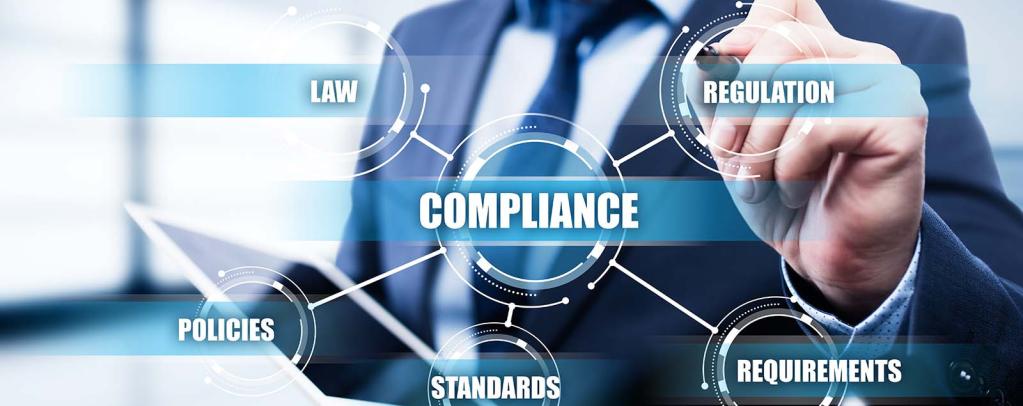Demystifying Video Streaming Technologies: A Technical Deep Dive for Government Contractors
In the realm of government contracting, video streaming technologies have emerged as a powerful tool for communication, training, and surveillance. To effectively execute projects involving video streaming, government contractors must possess a comprehensive understanding of these technologies.

I. Video Streaming Fundamentals
1. Definition Of Video Streaming:
Video streaming refers to the continuous delivery of video content over a network, allowing users to watch videos without downloading the entire file.
2. Key Components Of Video Streaming:
- Video Source: The origin of the video content, such as a camera or video file.
- Encoder: Converts the video source into a digital format suitable for streaming.
- Streaming Server: Receives the encoded video and distributes it to clients.
- Content Delivery Network (CDN): A network of servers that distribute content to users, reducing latency and improving performance.
- Video Player: Software that allows users to watch the streamed video.
3. Streaming Protocols:
- HTTP: The most common protocol for video streaming, utilizing the same infrastructure as web browsing.
- RTMP: A specialized protocol designed for real-time video streaming, commonly used in live broadcasting.
- HLS: An HTTP-based protocol that segments video into small chunks, enabling adaptive bitrate streaming.
- MPEG-DASH: Similar to HLS, MPEG-DASH is an adaptive bitrate streaming protocol standardized by the Moving Picture Experts Group (MPEG).
4. Video Codecs:
- H.264: Widely adopted codec known for its high compression efficiency and compatibility with various devices.
- H.265 (HEVC): Successor to H.264, offering even higher compression efficiency but requiring more processing power.
- VP9: An open-source codec developed by Google, known for its high quality and low computational requirements.
- AV1: A newer open-source codec designed to succeed VP9, aiming for further improvements in compression efficiency and quality.
II. Video Streaming Infrastructure
1. Overview Of Infrastructure:
Video streaming infrastructure encompasses the hardware and software components required for delivering video content to users.
2. Key Components:
- Encoders: Convert video sources into digital formats compatible with streaming protocols.
- Transcoders: Convert video content into different formats and resolutions to adapt to various devices and network conditions.
- Streaming Servers: Receive encoded video and distribute it to clients, managing the flow of video data.
- Content Delivery Networks (CDNs): Networks of servers that distribute content to users, reducing latency and improving performance.
3. Cloud-based Vs. On-premises Solutions:
- Cloud-based: Video streaming services hosted on remote servers, offering scalability and flexibility, but requiring reliable internet connectivity.
- On-premises: Video streaming infrastructure deployed within an organization's own data center, providing greater control and security, but requiring significant investment and maintenance.
III. Video Streaming Security
1. Importance Of Security:
Securing video streaming systems is crucial to protect sensitive data and content from unauthorized access, interception, or manipulation.
2. Encryption Methods:
- AES (Advanced Encryption Standard): A symmetric encryption algorithm widely used for securing video content.
- SSL/TLS (Secure Socket Layer/Transport Layer Security): Encryption protocols used to secure communication between clients and servers, preventing eavesdropping and man-in-the-middle attacks.
3. Digital Rights Management (DRM):

DRM technologies are employed to protect copyrighted video content from unauthorized access and distribution.
IV. Video Streaming Quality Of Service (QoS)
1. Overview Of QoS Parameters:
- Latency: The delay between when a video frame is sent and when it is displayed on the user's screen.
- Jitter: The variation in latency, causing fluctuations in the video playback.
- Packet Loss: The loss of video data packets during transmission, resulting in dropped frames and impaired video quality.
2. Techniques To Improve QoS:
- Adaptive Bitrate Streaming: Adjusts the video bitrate based on network conditions, maintaining a smooth playback experience.
- Forward Error Correction (FEC): Adds redundant data to video streams, allowing for the recovery of lost packets and reducing the impact of packet loss.
3. QoS Monitoring And Troubleshooting Tools:
Specialized tools are available to monitor QoS parameters and troubleshoot video streaming issues.
V. Video Streaming Applications In Government Contracting
1. Examples Of Government Applications:
- Teleconferencing: Video streaming enables real-time communication and collaboration between government agencies and remote participants.
- Training: Video streaming platforms provide cost-effective and scalable training solutions for government employees.
- Surveillance: Video streaming technologies are used for monitoring public spaces, border security, and law enforcement.
2. Specific Requirements And Challenges:
- Security: Government video streaming projects often involve sensitive data, requiring robust security measures.
- Scalability: Government applications may require streaming to a large number of users simultaneously, demanding scalable infrastructure.
- Compliance: Government contractors must adhere to specific regulations and standards when implementing video streaming solutions.
3. Best Practices And Lessons Learned:
- Understanding User Requirements: Clearly defining user requirements and expectations is crucial for successful project execution.
- Selecting the Right Technology: Choosing the appropriate streaming protocols, codecs, and infrastructure components is essential for optimal performance.
- Ensuring Security: Implementing robust security measures to protect sensitive data and content is paramount.
- Testing and Monitoring: Conducting thorough testing and continuously monitoring the video streaming system are vital for maintaining quality and resolving issues promptly.
VI. Conclusion

Understanding video streaming technologies is essential for government contractors to effectively execute projects involving video streaming. By delving into the fundamentals, infrastructure, security, quality of service, and applications of video streaming, government contractors can gain the necessary knowledge and expertise to deliver successful and impactful solutions.
The continuous evolution of video streaming technologies demands ongoing research and exploration to stay abreast of the latest advancements and best practices. Government contractors should embrace innovation and seek opportunities to leverage these technologies to enhance communication, training, and surveillance capabilities within government agencies.
YesNo

Leave a Reply